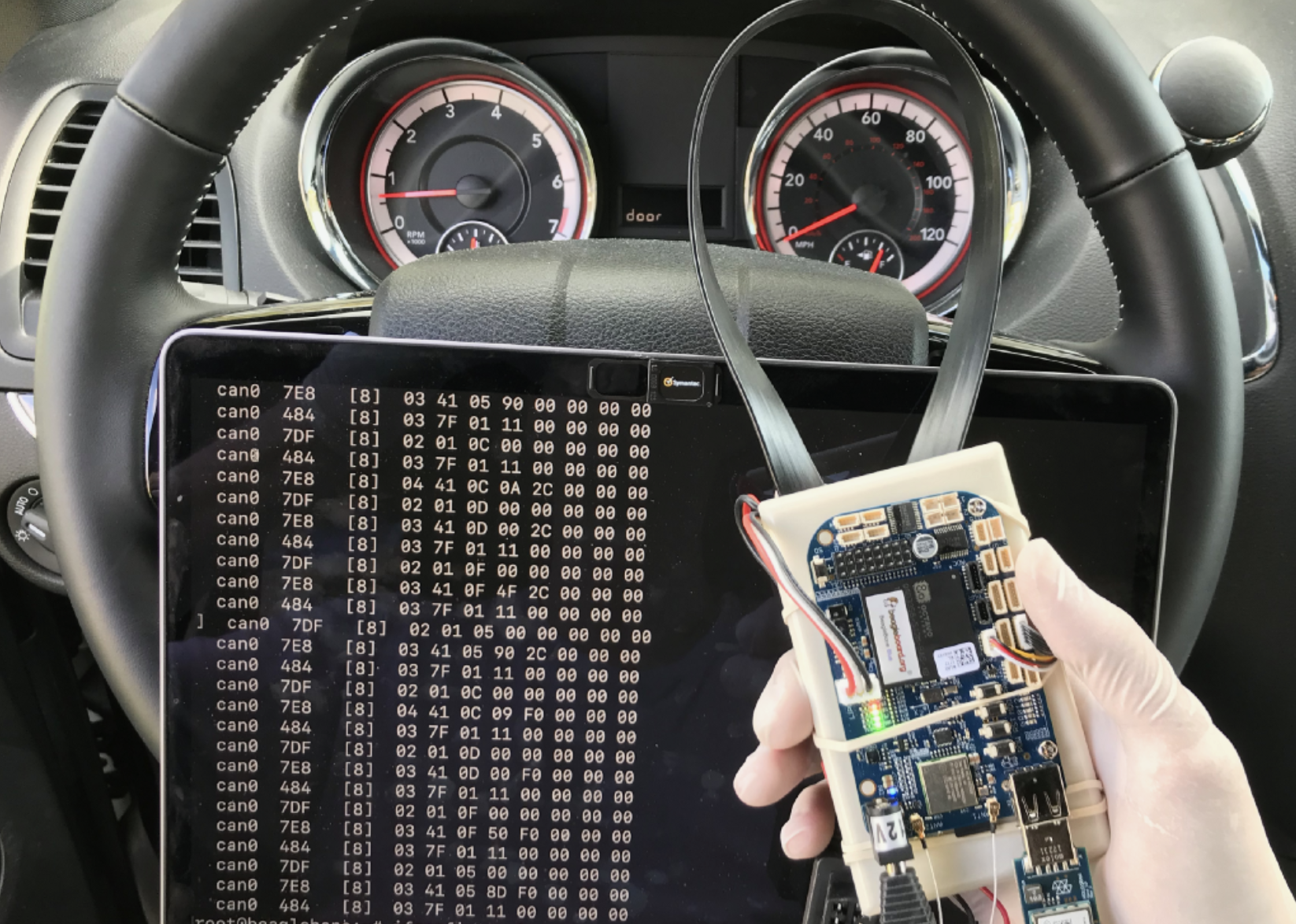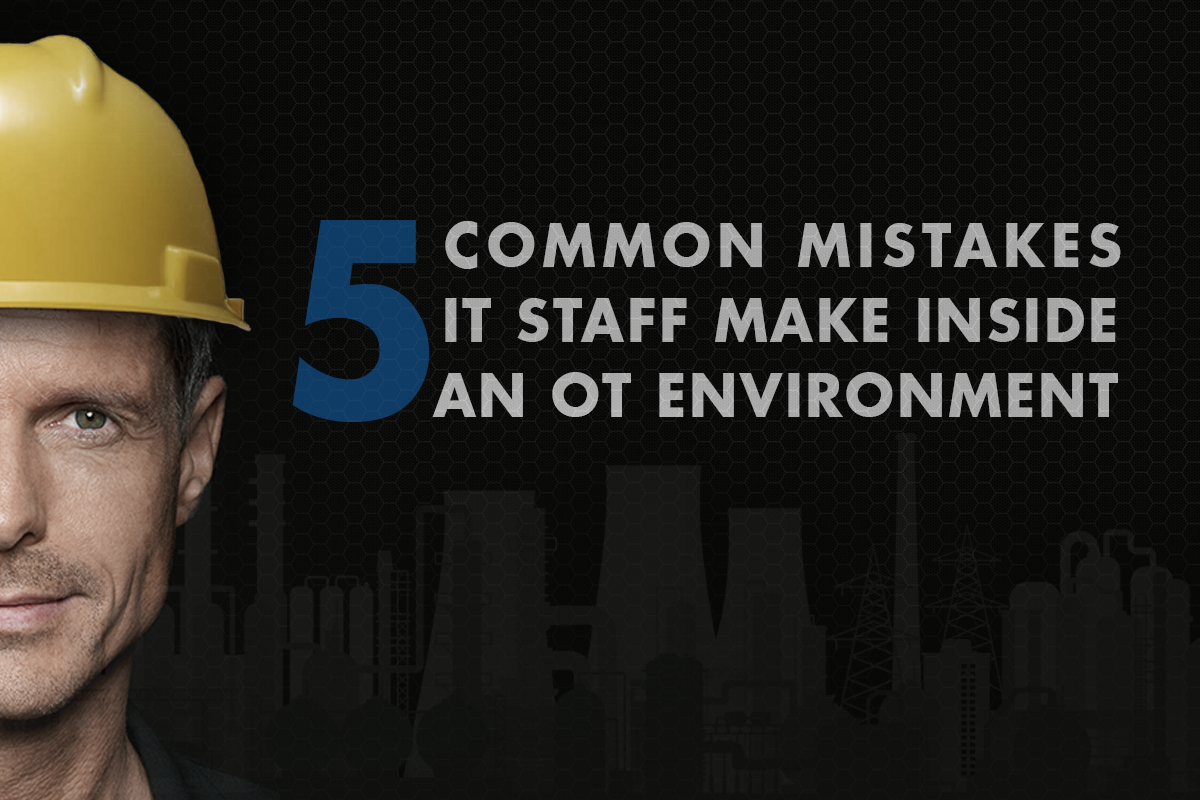OT Attack Surface Management
The attack surface of an operational technology (OT) system refers to the total exposure of the system to potential security threats. It encompasses all the entry points and attack vectors that an attacker can use to gain access to or compromise the system. The attack surface includes a wide range of elements, such as the hardware and software components used in the system, the communication protocols and interfaces used to exchange data, and the configurations and settings of devices and networks.
The size and complexity of the attack surface of an OT system can vary depending on the type and size of the system, as well as the level of security measures in place. For example, an OT system with multiple entry points, complex network configurations, and a large number of connected devices is likely to have a larger and more complex attack surface than a smaller, simpler system.
Minimizing the attack surface of an OT system is an important part of securing the system and reducing the risk of cyber attacks and data breaches. This involves reducing the number of entry points and attack vectors, and implementing security measures and protocols to protect the system and its components.
Here’s an example of an operational technology (OT) attack surface:
Imagine a water treatment plant that uses a SCADA (Supervisory Control and Data Acquisition) system to control and monitor the various processes and equipment used in the treatment process. The attack surface of this system would include:
- Hardware components: The servers, workstations, and other hardware used to run the SCADA system, as well as the programmable logic controllers (PLCs) and other field devices used to control the equipment in the treatment plant.
- Network configurations: The network topology used to connect the various components of the system, including switches, routers, firewalls, and other networking devices.
- Communication protocols: The protocols used to exchange data between the SCADA system and the field devices, such as MODBUS, DNP3, or OPC UA.
- Software components: The SCADA software, operating systems, and other software used in the system, as well as any third-party software or applications used in the treatment plant.
- Human access: The people who have access to the system, such as plant operators, maintenance personnel, and system administrators.
An attacker could target any of these elements in an attempt to gain access to the system, disrupt its operation, or steal sensitive data. For example, an attacker could try to exploit a vulnerability in the SCADA software or an operating system, or try to gain access to the system through an unsecured network interface. By reducing the size and complexity of the attack surface, the water treatment plant can reduce its exposure to these types of threats and minimise the risk of a successful attack.
Here is five steps to minimise the attack surface of an operational technology (OT) system:
- Implement security by design: This step involves integrating security measures into the design and development of your OT system, rather than adding them as an afterthought. This includes considering security at every stage of the system development lifecycle, such as when selecting hardware and software components, configuring devices and networks, and writing code. It also involves adhering to industry standards and best practices for secure OT design, such as the IEC 62443 series of standards for industrial automation and control systems security.
- Conduct risk assessments: Risk assessments help you identify potential security threats and vulnerabilities in your OT system, and determine the risk they pose to your operations. This information can be used to prioritise mitigation efforts and allocate resources effectively. There are various approaches to risk assessment, including threat modeling, vulnerability assessments, penetration testing, and other methods.
- Segment your network: Network segmentation involves dividing your network into smaller, isolated segments to limit the spread of security threats and prevent unauthorised access to critical systems and data. This can be achieved through the use of firewalls, virtual private networks (VPNs), and other network security measures. Segmentation helps to reduce the attack surface by limiting the number of systems and devices that are accessible to potential attackers, and making it more difficult for attackers to move laterally within your network.
- Keep software and firmware up to date: Regularly updating software and firmware can help to minimize the risk of exploitation of known vulnerabilities. Software and firmware updates may include security patches, bug fixes, and other improvements that can enhance the security of your OT system. It is important to have a well-defined process for managing software and firmware updates, including testing and validating updates before deployment to ensure that they do not introduce new security risks or negatively impact the performance of your OT system.
- Monitor and respond to security events: Continuous monitoring of your OT system for security events and incidents is critical for detecting and responding to security incidents in a timely and effective manner. This may include activities such as monitoring network traffic and logs, conducting vulnerability scans, and implementing intrusion detection and prevention systems. Having a well-defined incident response plan in place can help you respond quickly and effectively to any security incidents that occur, such as isolating affected devices, conducting investigations, and reporting incidents to relevant stakeholders.
















